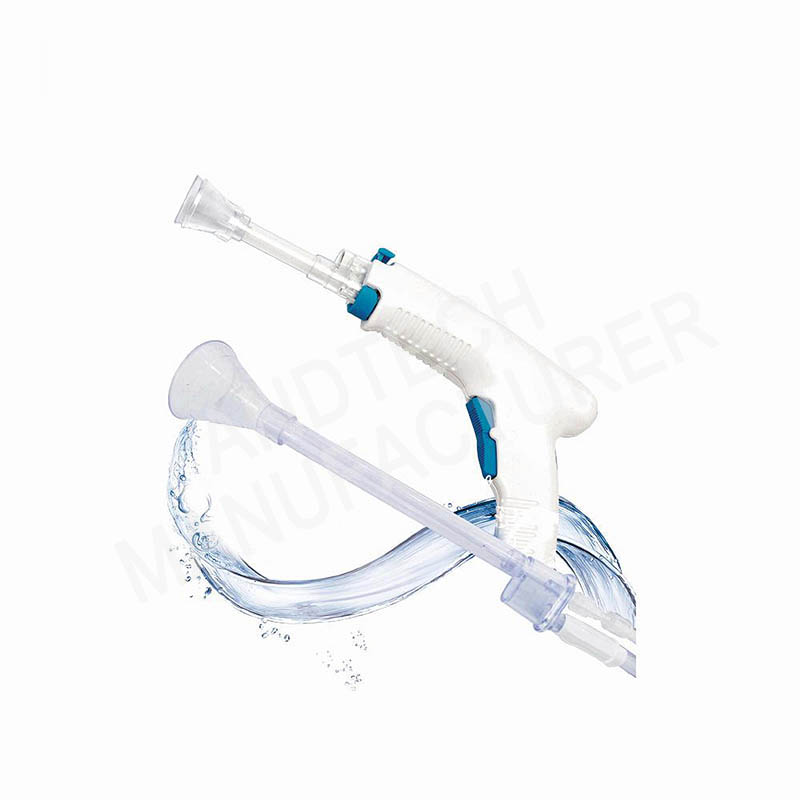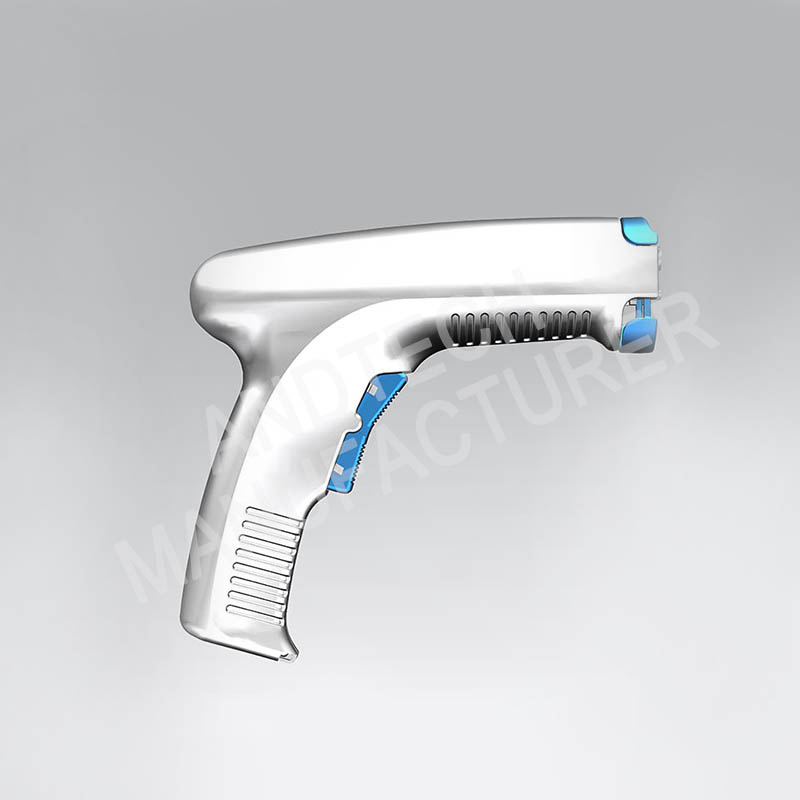Pulsed lavage uses a wound irrigator under pressure, which is powered by an electronic device, to irrigate and cleanse the wound. Saline or tap water is typically used as the irrigator. Using a handheld device, fluid flow pressure is controlled with automatic interruption of the flow. When suction is used along with pulsed lavage, negative pressure is applied to the wound bed, which allows for removal of the irrigator. Negative pressure is applied to remove pathogens and to promote epithelialization, removal of pathogens, formation of granulation tissue and perfusion of local tissue.
 ● To clean necrotic tissue, bacteria and foreign matter quickly and effectively. ● To avoid wound pollution, reduce infection, and accelerate wound healing. ● To increase permeability between bane cement and sclerotin. ● To reduce the dosage of antibiotics and expenses. ● To reduce secondary damage for normal tissue around ● To reduce the risk of fat embolism. ● To reduce the incidence rate of postoperative adhesions. ● To avoid tumour call spread during operation.
● To clean necrotic tissue, bacteria and foreign matter quickly and effectively. ● To avoid wound pollution, reduce infection, and accelerate wound healing. ● To increase permeability between bane cement and sclerotin. ● To reduce the dosage of antibiotics and expenses. ● To reduce secondary damage for normal tissue around ● To reduce the risk of fat embolism. ● To reduce the incidence rate of postoperative adhesions. ● To avoid tumour call spread during operation.